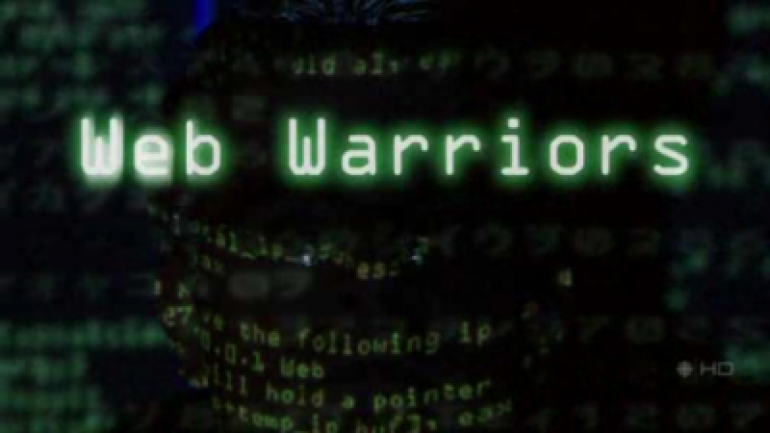A hot summer afternoon in the northeast. Residents of New York and Toronto look forward to the weekend. No one could predict what is about to happen.
In a matter of seconds, 50 million people simply fall off the grid. Phone lines and water systems fail, and thousands of people are trapped in elevators and subways. It is August 14th 2003, and the largest blackout in North American history causes 6 billion in damages. The official cause? Overgrown trees on power lines. But there’s more to this story than troublesome trees.
Just three days earlier on August 11th someone somewhere released one of the most damaging computer viruses ever written: Blaster. It was probably the biggest attack against the Internet ever.
Mikko Hypponen is one of the world’s most respected virus hunters. It is here at F-Secure, an anti-virus lab based in Helsinki, that he and his team first identify Blaster when it hits the Internet. What Astonished Mikko is the impact the virus has on the physical world. Blaster was the first worm that really showed that an attack like this can affect society and normal life.
Welcome to the world of viruses, trojans and worms in this Web Warriors documentary.





A software bug known as a race condition existed in General Electric Energy’s Unix-based XA/21 energy management system. Once triggered the bug stalled FirstEnergy’s control room alarm system for over an hour. System operators were unaware of the malfunction. The failure deprived them of both audio and visual alerts for important changes in system state.
Unprocessed events queued up after the alarm system failure and the primary server failed within 30 minutes. Then all applications (including the stalled alarm system) were automatically transferred to the backup server, which itself failed at 14:54. The server failures slowed the screen refresh rate of the operators’ computer consoles from 1–3 seconds to 59 seconds per screen. The lack of alarms led operators to dismiss a call from American Electric Power about the tripping and reclosure of a 345 kV shared line in northeast Ohio. Technical support informed control room personnel of the alarm system failure at 15:42.
Not available in most parts of the world 🙁
broken, no video content
Fascinating.
I do wonder though, why documentary film makers dont realize how stupid the “documentary voice” is. The narrator woman is so irritating i could barely make it all the way through.